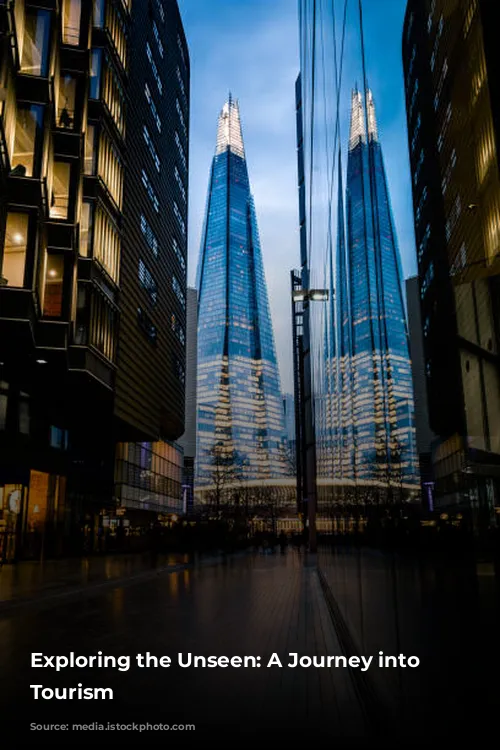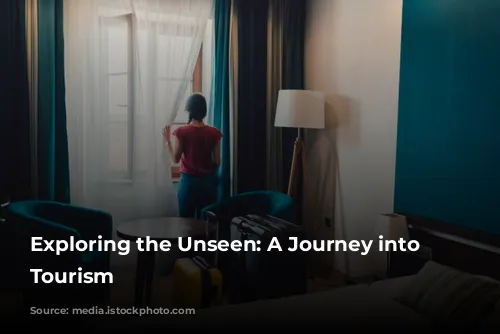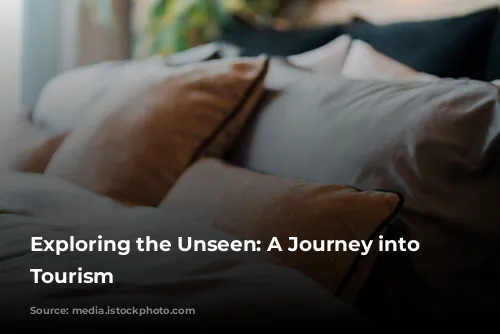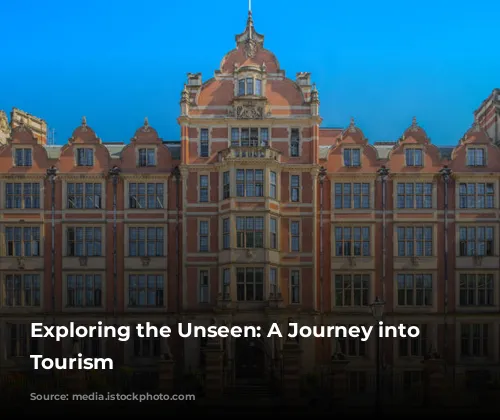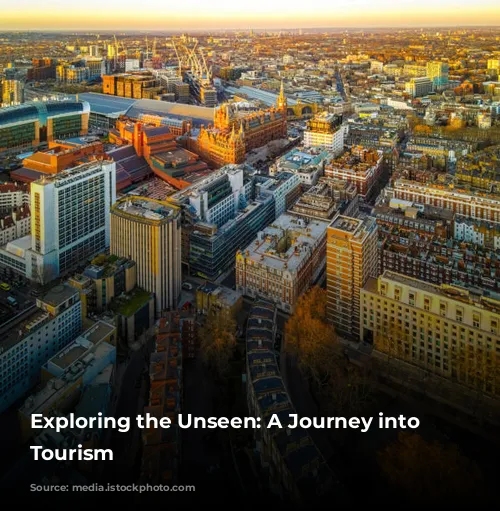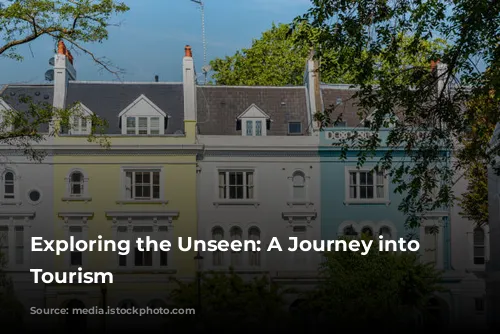Imagine a world where instead of sun-kissed beaches and bustling cities, people choose to travel to places marked by tragedy, violence, and historical darkness. This is the intriguing world of dark tourism, a fascinating and sometimes controversial travel trend that draws visitors to sites like Auschwitz, the Killing Fields in Cambodia, and even the room where a dictator was executed.
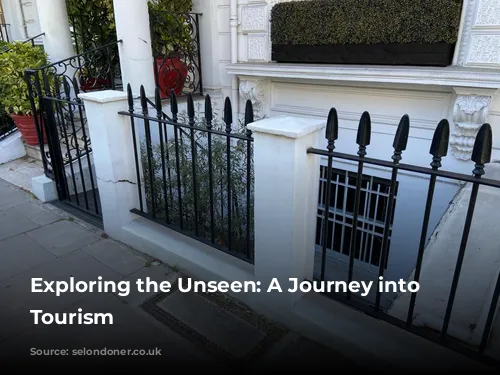
More Than Just “Dark” Places
Dark tourism encompasses more than just historical sites of death and disaster. It delves into the very fabric of human nature, exploring how we grapple with violence, suffering, and the darker aspects of history. While some might think of it as morbid or even disrespectful, dark tourism presents a unique opportunity to confront uncomfortable truths and learn from our past.
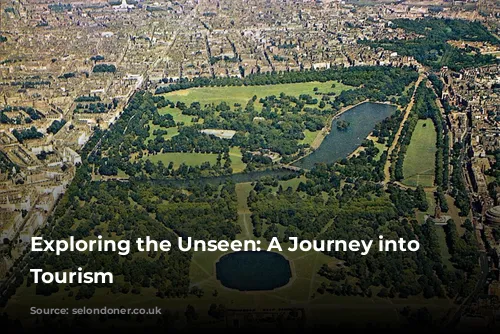
The Roots of Dark Tourism
The term “dark tourism” was coined in 1996 by Scottish academics J. John Lennon and Malcolm Foley. Their research focused on the intriguing phenomenon of “Attraction to Death and Disaster”. Professor James Treadwell, an expert in criminology, offers a clear definition: “Travel to, and engagement with settings that have a history of violence, death, disaster, and atrocity.”
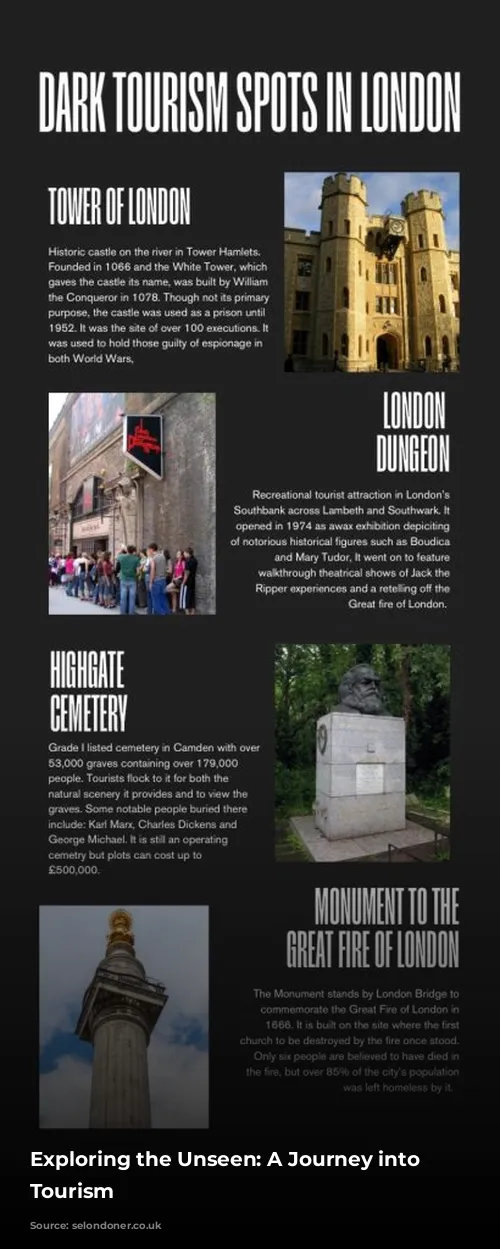
A Spectrum of Experiences
Dark tourism encompasses a wide range of experiences, from officially sanctioned tours to off-the-beaten-path explorations. David Robinson, a self-proclaimed “dark tourist,” finds himself drawn to places where significant historical events occurred. He describes a recent trip to Romania, where he stood in the room where dictator Nicolae Ceaușescu was executed. “It was very eerie to be standing exactly where history happened,” he says, “only removed by 30 or so years.”
While David’s travels are personal, filmmaker David Farrier’s Netflix documentary “Dark Tourist” shines a light on the spectrum of dark tourism, from visiting museums dedicated to controversial history to experiencing intense voodoo rituals in Benin. Farrier’s documentary highlights the evolving nature of dark tourism, incorporating both historical and contemporary locations, and revealing the divide between established tourist attractions and off-the-map, unadvertised experiences.
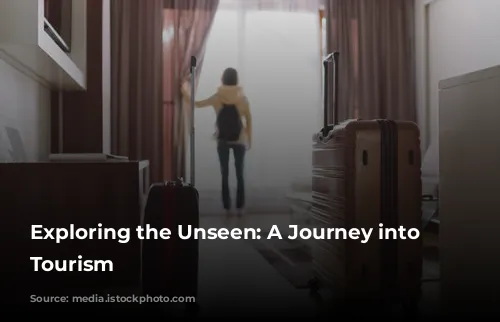
A Universal Attraction
Why are we drawn to the dark side? While some may find it morbid, the truth is that many of us are fascinated by stories of crime, tragedy, and the darker aspects of human behavior. True crime podcasts dominate charts, TV shows about murder and crime consistently draw large audiences, and even seemingly mundane activities like playing Monopoly can be seen through a dark lens when examined closely. Our fascination with the dark side is undeniable, even if we don’t always acknowledge it.

The Danger of Desensitization
The challenge of dark tourism lies in finding the balance between acknowledging our fascination with the dark side and respecting the victims and tragedies that shaped these places. There’s a real risk of sensationalizing, glorifying, and even sanitizing atrocities when dark tourism is approached insensitively.
David Robinson emphasizes that dark tourism should be taken seriously and that its value lies in its ability to teach us about our past. He recounts an experience visiting historical gallows in the Czech Republic, where he encountered groups of people taking pictures of themselves pretending to be hanged. This type of behavior demonstrates a lack of respect for the gravity of the situation and highlights the potential for dark tourism to be misconstrued.
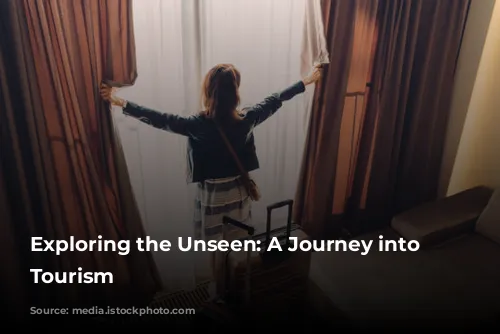
Dark Tourism in Everyday Life
The truth is, you don’t have to travel far to encounter dark tourism. Even seemingly mundane activities can be reinterpreted through a dark lens. London, a city built on a history of empire, oppression, and slavery, is a prime example. Professor Treadwell suggests that much of the city’s history is steeped in dark shadows, from the antique chairs in our local restaurants to the paintings hanging in our favorite museums.
The key takeaway is that dark tourism isn’t just a niche travel trend; it’s a facet of human nature that exists in everyday life. It’s a reminder that the world is a complex tapestry, woven with both light and shadow. By embracing the dark side, we can learn from our past and strive to create a more compassionate and equitable future.
